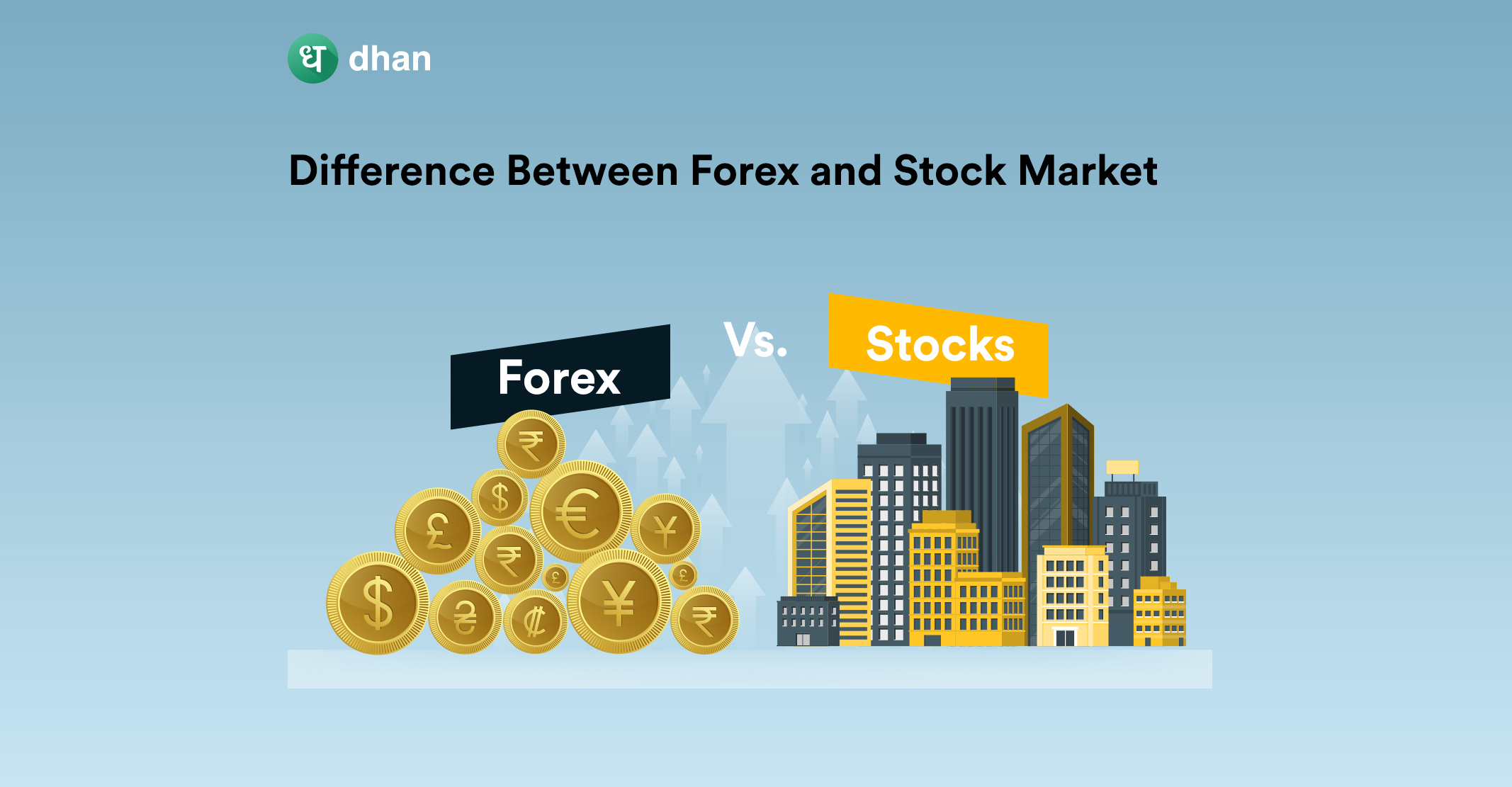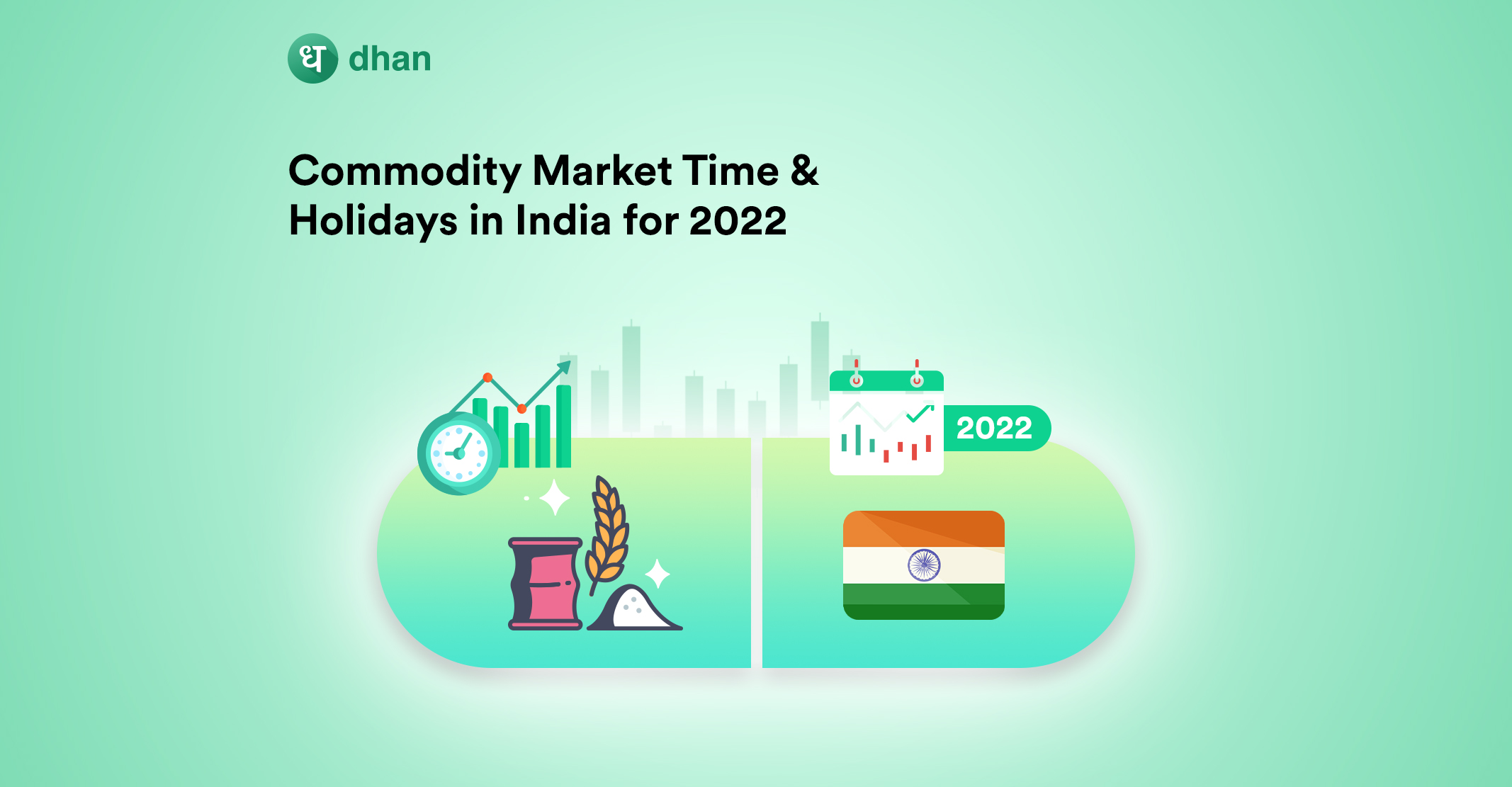What is the Forex Market?
The forex market is a fully digital marketplace where one currency is exchanged for another. A currency may be valued more than others or vice versa, which is why there’s an exchange rate involved.
The forex rate or foreign exchange rate is the value of one currency in terms of another. Another way to look at this is how much of one currency you need to buy another.
For example, INR 81 can currently get you USD 1. Furthermore, a person can exchange a pair of currencies either in the spot market or the derivative market. Here’s an example for both.
Forex Derivatives Example
Let’s say you go to a samosa shop. You pay the vendor Rs. 20 and gobble up the samosa then and there. That’s the spot market. More samosas are incoming for the derivatives example.
Imagine going to the same samosa shop but this time, you believe that there may be a crunch in the potato market. This has the potential to drive up the cost of samosas.
That’s why you enter into a promise, a non-negotiable contract with the vendor that allows you to buy a samosa at Rs. 20 after a month, irrespective of the market price. This is similar to currency futures.
On the other hand, if you get the same news and try to strike a deal with the vendor to give you the right without the obligation to buy the samosa at Rs. 20 a month later, it’s similar to currency options.
By the way, the forex market is the largest market in the world by daily volume, which is close to $6 trillion. It is known to have ample liquidity but is home to some of the biggest players in the market.
Banks, large financial institutions, and even countries participate in the forex market. But lucky for retail traders like you, the currency derivatives market is a subset of the broader forex market.
Another important point to note is that currency derivatives in India are cash-settled. Your profits and loss in every trade will be in terms of INR – not foreign currency.
What is the Stock Market?
The stock market is a place where shares of publicly listed companies are bought and sold. Unlike the forex market, you don’t exchange one currency for another in the stock market.
You use your native currency like the INR to purchase shares. The value of the shares will rise and fall only in the same currency. But the term stock market is a broad one.
It’s a diverse arena that contains the cash market and the derivatives market. Want to understand both markets? Go back to the example above by clicking here: Cash & Derivative Example.
Furthermore, the stock market is equity-settled as well as cash-settled. Equity-settled means shares are delivered to the demat account of the buyer.
Cash-settled means that no delivery of the underlying is involved but the profit or loss is settled in INR.
Difference between Forex and Stock Market
By now, you may have a fair idea of what for. You yourself may have noticed many differences between the forex and stock markets.
| Metric | Forex Market | Stock Market |
| Underlying | Currency | Shares |
| Market Hours | 9.00 AM to 7.30 PM | 9.15 AM to 3.30 PM |
| Liquidity | High | Medium |
| Leverage | High | Low-Medium |
| Settlement | Cash | Equity/Cash |
1. Underlying: Currency Vs Shares
When someone says underlying, they mean the main security that forms the core of a security, portfolio, or market. With that logic, the forex market is home to currencies.
If you enter the forex market, you’ll trade currency pairs like:
- USD-INR
- EUR-INR
- GBP-INR
- JPY-INR
These currency pairs may move due to geopolitical events as well as domestic policies, interest rates, the status of forex reserves, inflation, and other factors.
If you start trading stocks, you’ll be buying and selling shares of companies like:
- Reliance Industries
- TCS
- HDFC Bank
- HUL
- ICICI Bank
Shares are known to gain or lose value based on earnings reports, trends, investor sentiment, interest rates, and much more. This is the biggest difference between the forex and stock markets.
2. Market Hours: Forex Market Vs Stock Market
You could say that somewhere sometime there’s always a financial security being traded. The reason for this is simple – time zones. In fact, this is true for the global forex market which is open 24*7.
That being said, the Indian forex market is not open around the clock. It functions from 9.00 AM to 7.30 PM. We’ve covered the market timing and holidays in this blog: forex market hours in India.
The Indian stock market is open from 9.15 AM to 3.30 PM, although trading can go on till 5.15 PM with a lack of liquidity and above-average volatility. This is known as After Market Hours.
P.S: You can place buy or sell orders after-market hours using this cool feature 👇
3. Liquidity
Market liquidity is a finance glossary term that’s used to describe how quickly a security or financial instrument can be exchanged for cash without compromising its value.
When it comes to the forex market, you’re exchanging cash for cash so the liquidity is bound to be high. But, bear in mind that not all currencies may have the same liquidity.
A currency like Chile’s Peso may have no takers because of the high inflation the country’s battling. Strictly speaking, even the Indian currency derivatives market may face a liquidity crunch at times.
Forex options trading is allowed in India, but only one pair is known to have ample liquidity while others simply don’t.
Read 👉 A Guide to Forex Trading in India
Either way, the volume of transactions in the forex market is exponentially higher than in any other market.
This includes the stock market. Not all shares in the stock market are made equal. Large-caps and blue-chips may garner higher demand while small-caps and penny stocks struggle for liquidity.
The situation isn’t that different in the equity f&o market. Of the many thousands of stocks that are listed, the options and futures stock list stands at less than 200.
Of these, futures and options of a few are favored. All of this may combine to bring down the overall liquidity of the entire share market.
What we can conclude is that liquidity in forex trading and stock trading is not a “sum of all parts” type of equation – it depends on the fx pair or stock in question.
4. Leverage
Leverage can be explained as follows: “you invest a partial amount, the broker invests the rest”. The partial amount is known as the margin required, which is nothing but a good faith deposit.
Of course, the broker will ask you to pay the difference if your part of the investment falls. This is known as a margin call.
But the thing is, leverage in forex trading is known to be one of the highest. In India, for example, you can trade currency derivatives with more than 40x leverage for certain INR pairs.
What this means is that currency futures or options worth Rs. 80,000 can be acquired by depositing a margin of Rs. 1,860.46. If you want to learn more about margins, read this: Margin in Forex Trading
The leverage that you may get to trade stocks online depends on various factors and is generally known to be lower than the leverage you get in forex trading.
Either way, you can pledge your holdings to get more margins for trading forex or stocks in India.
5. Settlement
Settlement is the process of transferring security rights, paying off dues, and/or receiving profits as a result of trading forex or stocks. Let’s go one by one.
When you make a profit or loss while trading forex derivatives in India, your profit or loss will be settled in INR. Transfer of securities in this instance doesn’t happen.
However, you can take delivery of shares when trading stocks in India. The profits and losses will be settled in INR in the case of derivatives where delivery of the security almost never happens.
Read 👉 Forex Trading Income Tax in India
Correlation between Forex and Stock Market
The financial markets are far more interconnected than you think. In fact, stocks and currencies are in many ways correlated because of the following reasons.
First off, you need currency to buy anything anywhere in the world. What impacts currencies may thus have an influence on the equities market. Here’s a typical example.
If the US hikes interest rates, FPIs may exit India for greener pastures in North America. They will have to do so by selling off Indian equities that are valued in INR.
This will drag the value of INR and Indian stocks. A weaker INR means Indian companies will have to spend more to acquire goods and services, which will impact their operating cost and bottom line.
Let’s stick to the same rate hike example while adding market hours into the mix. The US announces a rate hike at 11 PM IST. There’s going to be volatility in the forex market.
Traders from Canada or Mexico, who operate at more or less the same time as their US forex trading counterparts, may have a better chance of riding the price swings due to the rate hikes.
But Indian forex and stock traders may not be able to leverage the price swings because the market will open the next day. Historically speaking, both markets may open in the red.
Read 👉 Swing Trading vs Long Term Investing
On the flip side, if FPIs find more value in the Indian markets, they may invest more in Indian stocks. This will create more demand for INR, which means the currency will become stronger.
But these are theories and what happens on paper may not translate into the real world. Thus, the correlation between the forex market and the stock market is hard to define in terms of specifics.
Either way, you should know the Forex Holidays 2023 in India and Stock Market Holidays for 2023.



